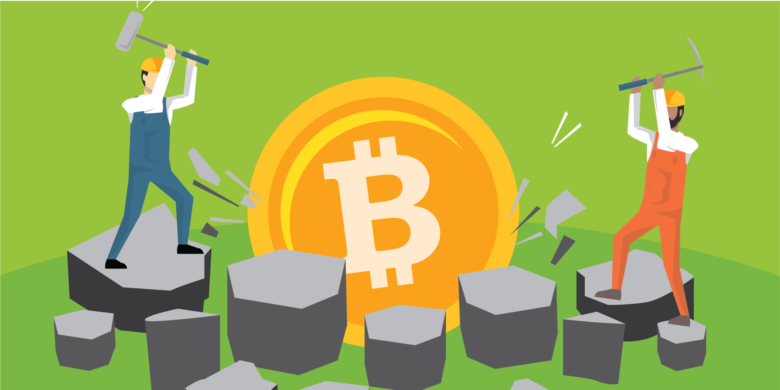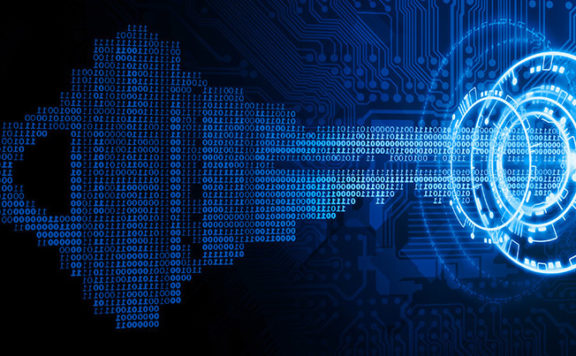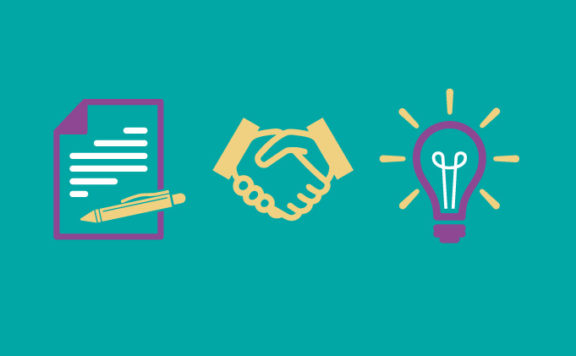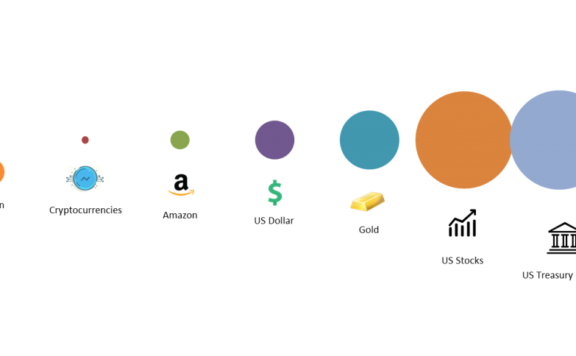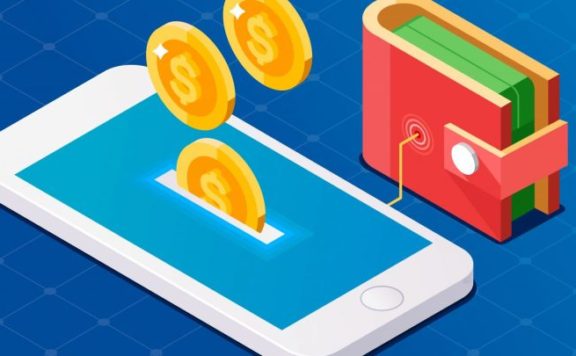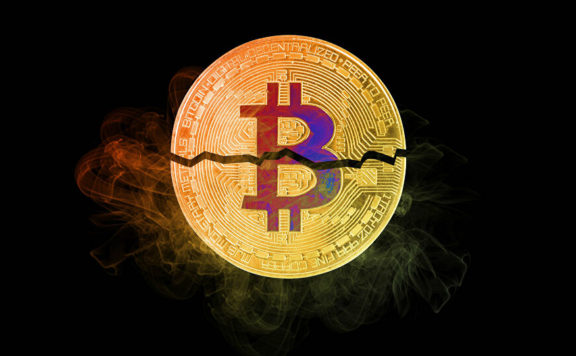Definition
Mining is the process by which networks of specialized computers generate and release new Bitcoin by verifying new transactions, which are then added to the blockchain.
Mining requires extremely efficient and fast computer processors that verify bitcoin and other cryptocurrency transactions. These transactions are ordered in a block of data and added to the blockchain. The blockchain is the distributed ledger that documents cryptocurrency transactions. In the case of Bitcoin, the miners are rewarded for their work with 6.25 Bitcoins for each block of data they add to the chain.
These processors are arranged in vast networks of computer farms, situated around the world. This mechanism maintains and secures the blockchain while incentivising the miners for their work.
How does it all work?
From the three ways you can obtain Bitcoin, this is the only way new Bitcoin are created and enter the system.
- You can buy Bitcoin on an exchange.
- Receive them as payment for goods and services.
- Mine them.
In the early years of Bitcoin, anyone with a home computer could mine. It required little computing power so many forward thinkers allowed their computer idle time to mine for Bitcoin when they weren’t using it. But, as the volume of transactions and the blockchain grew, so too, did the computational power required to maintain the network. In October of 2019, it required 12 trillion times more computing power to mine a Bitcoin than it did when the first genesis blocks were mined in January of 2009. Therefore, it was inevitable that amateur hobbyist miners were replaced by larger industrial scale facilities.
Blockchain transactions are verified and recorded by solving complex cryptographic calculations that require specialised computer processors. This secures the network, so the miners are an important element in the system. This computer power, which requires huge amounts of energy, is voluntarily contributed by the miners who are then rewarded with coins.
If the energy consumed by mining operations costs more than the number of Bitcoin rewarded, the miners are not profitable. Therefore, miners often locate their processor farms in cooler climates to save on electricity costs. The financial incentive to use less electricity has created a motivation to innovate and become more efficient.
The payment mechanism
The payments are made via a network lottery system. Processors race each other to be the first to guess a 64-digit hexadecimal number called a “hash”. The faster and more efficient a computer is at guessing, the more likely it is to earn the reward.
The winner of the lottery, then updates the blockchain with the new transaction data by appending it as a block to the end of the chain. On average this happens every 10 minutes or so.
The reward for this work is reduced every four years in an event called “the halving”. The next halving will take place in 2024 when the rewarded Bitcoin for adding a block to the chain will be halved. As the difficulty of mining increases, the mining reward decreases until there is no Bitcoin left to mine.
There is a finite number of Bitcoin that can ever be minted. 21 million Bitcoin is the maximum permissible by the protocol. However, theoretically, the final block will not be mined until the year 2140. When this happens, miners will then be able to set fees for performing their work.
How important is mining?
Miners fulfill several functions in the blockchain. Firstly, they release new coins into circulation. They also secure the network by verifying the blockchain, which enables cryptocurrencies to function as peer-to-peer decentralised networks. This is the cornerstone of the technology. It means networks do not have oversight by a central authority, but are truly decentralised unrestricted by politics or borders. Finally, the protocol also creates an incentive for the miners to contribute computer power to the network.
